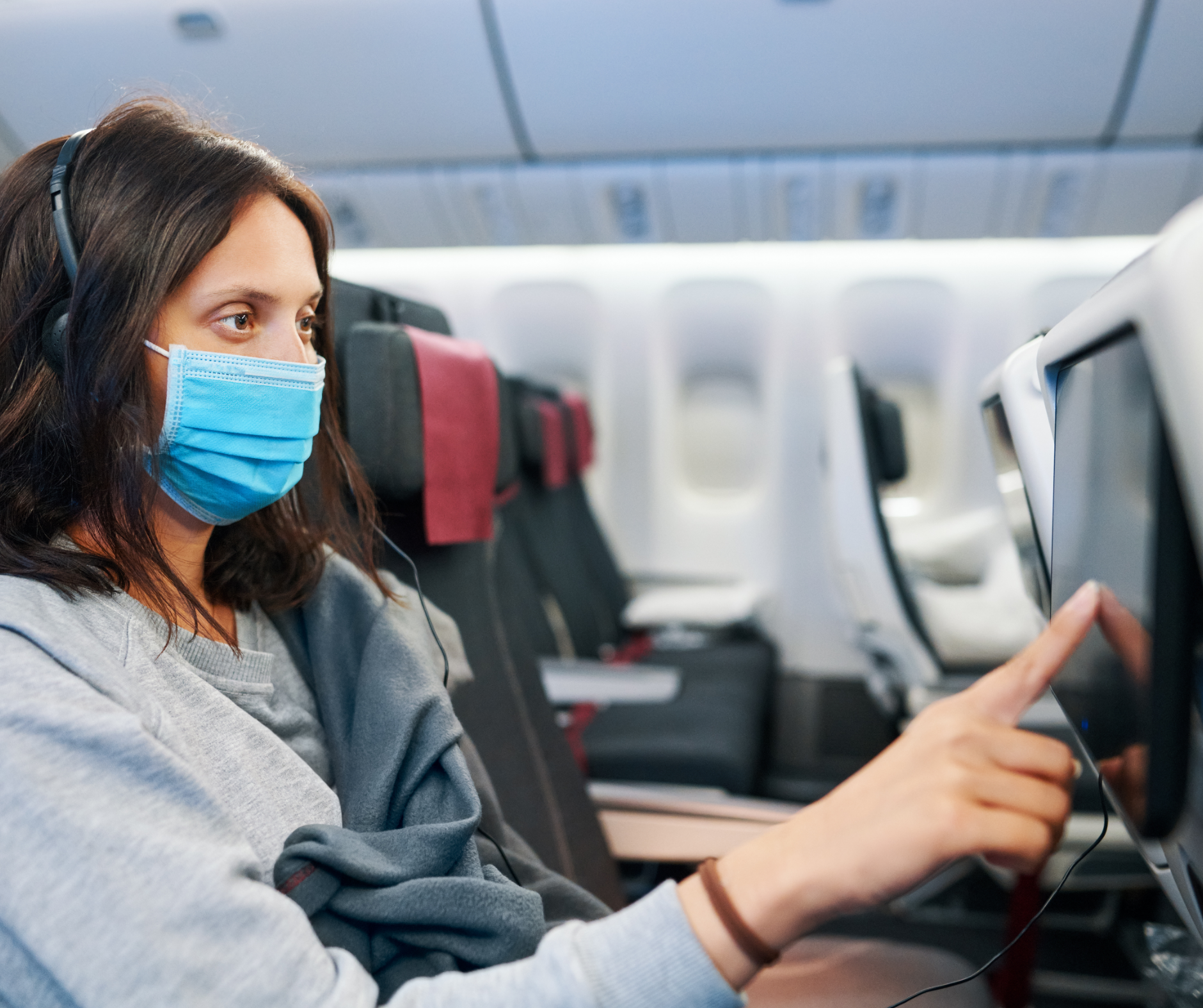Passengers arriving into England will be able to reduce mandatory self-isolation by up to a week or more, as the Government launches its new strategy for testing international arrivals.
Transport Secretary Grant Shapps has today announced that from 15 December, passengers arriving into England from countries not featured on the Government’s travel corridor list will have the option to take a test after five days of self-isolation, with a negative result releasing them from the need to isolate.
The move will give passengers the confidence to book international trips in the knowledge that they can return home and isolate for a shorter period if they have received a negative test. With those opting in to the scheme having to book and pay for a COVID-19 test from a private provider on the gov.uk list, ensuring the NHS Test and Trace testing capacity is protected.
Under the ‘Test to release for international travel’ strategy, passengers arriving into England by plane, ferry or train should book their test before they travel; must complete a passenger locator form; and will still need to self-isolate for five days before taking a test – rather than taking it at their port of arrival.
Transport Secretary, Grant Shapps, said: “We have a plan in place to ensure that our route out of this pandemic is careful and balanced, allowing us to focus on what we can now do to bolster international travel while keeping the public safe.
“Our new testing strategy will allow us to travel more freely, see loved ones and drive international business. By giving people the choice to test on day five, we are also supporting the travel industry as it continues to rebuild out of the pandemic.”
The ‘Test to Release’ scheme is announced as the Government introduces new financial support for English airports and ground handlers serving them. This support, which will shore up jobs and reinforce local economies, will be available to commercial airports in England. The support will address fixed costs and be equivalent to the business rates liabilities of each business, capped at up to £8 million per site, and subject to certain conditions. This scheme will open in the New Year.
The Chancellor of the Exchequer, Rishi Sunak, said: “The aviation industry is vital to our economy – creating jobs and driving growth- which is why we have supported them throughout this crisis through the job retention scheme, loans and tax deferrals.
“This new package of support for airports, alongside a new testing regime for international arrivals, will help the sector take off once again as we build back better from the pandemic.”
The Government has considered the evidence which demonstrates that a test after five days of self-isolation provides materially better results than just having a test on arrival, as it allows time for the virus, should it be present, to incubate helping reduce the risk of a false negative result.
Many countries have not implemented testing regimes at the border. Of those that have, we have seen a wide range in approaches, some of which have evolved over time. Both Germany and Iceland initially rolled out schemes involving a single test on arrival and no self-isolation – both countries have subsequently revised their approaches due to testing capacity and levels of imported cases, and now require tests to be taken after five or six days of isolation.
Health and Social Care Secretary, Matt Hancock, said: “Ensuring that safe travel is possible has been a priority for the Global Travel Taskforce. This test on day five of the 14-day self-solation period will identify positive coronavirus cases and allow those who test negative to return to work and see their loved ones while abiding by domestic coronavirus restrictions.
“This will be done at the cost of the traveller to protect the capacity of NHS Test and Trace and ensure that any UK resident who has symptoms is able to get a test.”
Passengers will be able to book a test from a provider on a gov.uk list before arriving in England. If they choose to book a test, they will need to state this on their passenger locator form prior to arriving and then go straight into self-isolation at home as usual. If they choose to opt in after arrival, they will need to resubmit their passenger locator form.
They can then take a test on or after day five of the isolation period either at home or at a private provider’s testing site, and on receipt of a negative result, can immediately finish self-isolating and return to following domestic rules.
Those choosing not to take a test when arriving from a non-exempt country must continue to follow the current self-isolation requirements (two weeks).The testing strategy is one outcome of the Government’s Global Travel Taskforce report recently presented to the Prime Minister, which also sets out a pathway to restarting the cruise sector.
The recommendations are based on advice from a consortium of expert representatives from the aviation, maritime, international rail, tourism and hospitality industries to boost international travel for all modes, whilst safeguarding public health in the UK.
The Government will also continue to work with international partners and representatives across the transport industries to further build on the recommendations in the report, including exploring pre-departure testing pilots with partner countries on a bilateral basis.
COVID-19 has profoundly changed the nature of international travel. Travellers should always check the latest advice from the FCDO. You can join us on our social media pages, follow us on Facebook or Twitter and keep up to date with whats going on in South Devon.Got a news story, blog or press release that you’d like to share or want to advertise with us? Contact us
You can join us on our social media pages, follow us on Facebook or Twitter and keep up to date with whats going on in South Devon.Got a news story, blog or press release that you’d like to share or want to advertise with us? Contact us




























